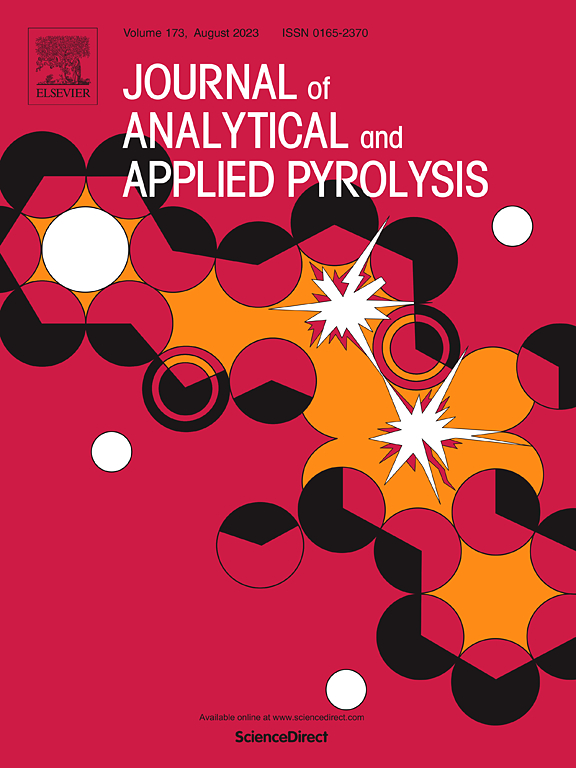从卷烟废料中提取的碳质材料吸附剂在可持续修复水生污染物方面的最新进展:综述
IF 5.8
2区 化学
Q1 CHEMISTRY, ANALYTICAL
引用次数: 0
摘要
烟头/过滤嘴因其数量大、不可生物降解和毒性大而被公认为全球最危险的废物和环境危害之一。这类废物主要由具有富碳结构的塑料材料醋酸纤维素组成,可作为碳质材料吸附剂的前体。这篇综述文章讨论了从烟蒂/过滤器中提取的碳质材料吸附剂的生产/改性、表征和利用,以去除水生污染物。文章考虑了最常见的碳质材料形式,如炭、水炭和活性炭。研究显示了制备/改性变量对此类吸附剂去除性能的影响。此外,还解释了不同条件(即溶液 pH 值、入口污染物量、吸附剂数量和温度)下的吸附行为以及机理和吸附剂的重复利用率。在亚甲基蓝、铅、环丙沙星、双酚 A 和苯酚方面,大多数测试污染物的最大吸附量分别为 635.2、249.3、556.2、847.0 和 285.1 mg/g。伪二阶动力学方程和 Langmuir 等温线最能体现吸附数据。最后,对测试的吸附剂/吸附剂系统进行了总结并提出了未来的建议。本文章由计算机程序翻译,如有差异,请以英文原文为准。
Recent progress on carbonaceous materials-based adsorbents derived from cigarette wastes for sustainable remediation of aquatic pollutants: A review
Cigarette butts/filters are recognized as one of the most dangerous wastes and environmental hazards worldwide due to their large quantities, non-biodegradability, and toxicity. Such wastes mainly consist of the plastic material cellulose acetate with a carbon-enriched structure, which can be a promising precursor for carbonaceous materials-based adsorbents. This review article discusses the production/modification, characterization, and utilization of carbonaceous materials-based adsorbents derived from cigarette butts/filters for aquatic pollutants removal. The most common forms of carbonaceous materials such as char, hydrochar, and activated carbon are considered. The influences of preparation/modification variables on the removal performance of such adsorbents are displayed. Moreover, the adsorption behavior under different conditions (i.e., solution pH, inlet contaminant amount, adsorbent quantity, and temperature) along with the mechanism and adsorbent reusability are also explained. The maximum uptakes of the most tested pollutants in terms of methylene blue, lead, ciprofloxacin, bisphenol A, and phenol were 635.2, 249.3, 556.2, 847.0, and 285.1 mg/g, respectively. The pseudo-second order kinetics equation and Langmuir isotherm best represented the adsorption data. Finally, the concluded notes and future suggestions are mentioned for the tested adsorbent/adsorbate systems.
求助全文
通过发布文献求助,成功后即可免费获取论文全文。
去求助
来源期刊
CiteScore
9.10
自引率
11.70%
发文量
340
审稿时长
44 days
期刊介绍:
The Journal of Analytical and Applied Pyrolysis (JAAP) is devoted to the publication of papers dealing with innovative applications of pyrolysis processes, the characterization of products related to pyrolysis reactions, and investigations of reaction mechanism. To be considered by JAAP, a manuscript should present significant progress in these topics. The novelty must be satisfactorily argued in the cover letter. A manuscript with a cover letter to the editor not addressing the novelty is likely to be rejected without review.

 求助内容:
求助内容: 应助结果提醒方式:
应助结果提醒方式:


